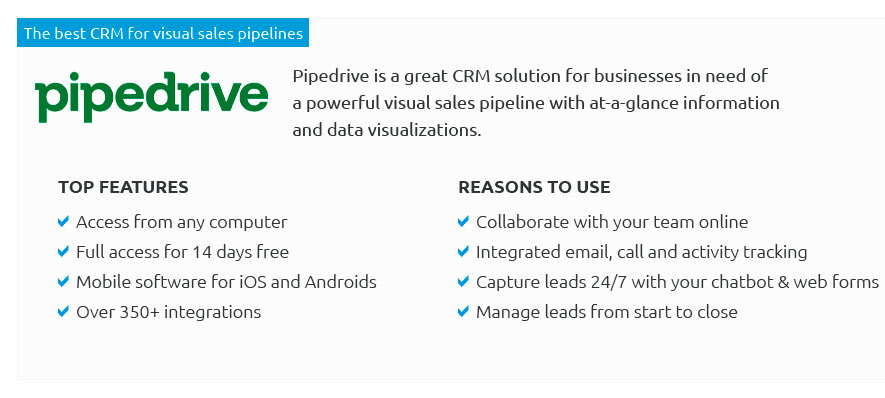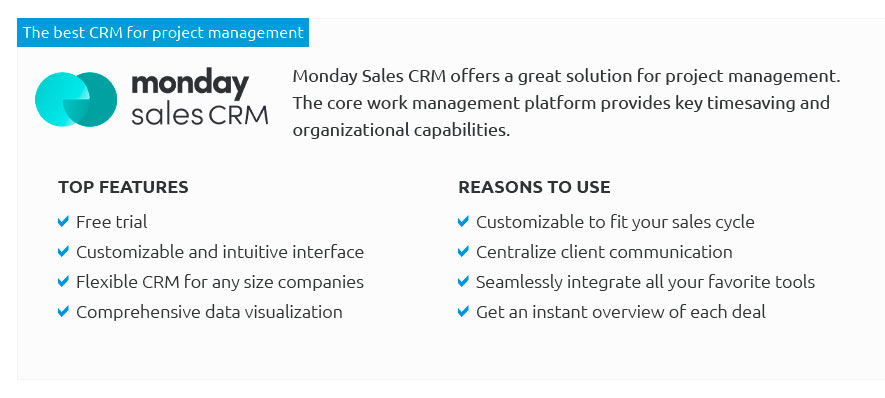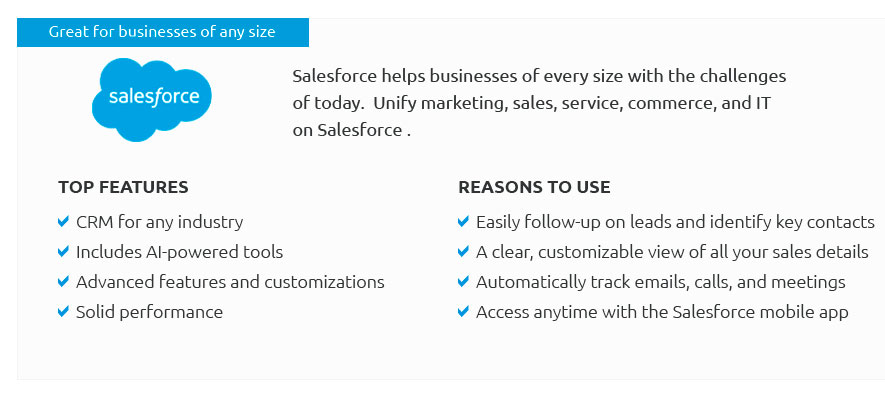 |
 |
 |
 |
 |
 |
|
 |
|
 |
|
 |
|
 |
|
 |
|
 |
 |
|
m698mzokm Understanding the CPM Construction Schedule: A Comprehensive GuideThe Critical Path Method (CPM) construction schedule is a fundamental tool used in project management to ensure the timely and efficient completion of construction projects. By identifying the sequence of crucial steps, it helps project managers allocate resources effectively and anticipate potential delays. What is a CPM Construction Schedule?A CPM construction schedule is a detailed plan that outlines the tasks necessary to complete a construction project. It identifies the critical path, which is the longest sequence of dependent tasks, determining the shortest possible project duration. Key Components
Benefits of Using CPM in ConstructionThe CPM construction schedule offers numerous advantages:
For more insights on integrating project management tools, explore project management and CRM in one. Steps to Create a CPM ScheduleDefine the Project ScopeClearly outline all tasks and project goals. This step lays the foundation for accurate scheduling. List Activities and DependenciesCreate a detailed list of all activities, along with their dependencies, to understand task relationships. Estimate DurationsAssign realistic timeframes to each task based on past experiences and data. Identify the Critical PathCalculate the critical path by determining the longest sequence of dependent tasks. Common Challenges and SolutionsHandling UncertaintiesConstruction projects often face unexpected issues. Regular updates and contingency plans are essential. Resource LimitationsResource constraints can affect timelines. Efficient scheduling and resource leveling are crucial. For effective time management, consider using time tracker project management tools. FAQWhat is the difference between CPM and PERT?CPM is deterministic, focusing on task durations and dependencies, while PERT (Program Evaluation and Review Technique) incorporates uncertainty and variability in task durations. How can CPM help reduce project delays?By identifying the critical path and potential bottlenecks, CPM allows project managers to prioritize tasks and allocate resources efficiently, minimizing the risk of delays. Is CPM suitable for all types of construction projects?While CPM is highly effective for complex and large-scale projects, its application may be less beneficial for smaller projects with fewer dependencies. https://www.hsecontractors.com/critical-path-method/what-is-cpm-schedule/
At its essence, a CPM schedule (or critical path method schedule) is a project management timetable, typically presented in graphic form. A CPM schedule ... https://www.projectmanager.com/blog/how-to-make-a-cpm-schedule-cpm-scheduling-basics
A CPM schedule is used to plan and control a project. It identifies the activities that will take the longest amount of time to complete that ... https://www.procore.com/library/critical-path-method
The Critical Path Method (CPM) is a systematic approach to scheduling that compares activities, especially those that happen concurrently, and prioritizes them.
|